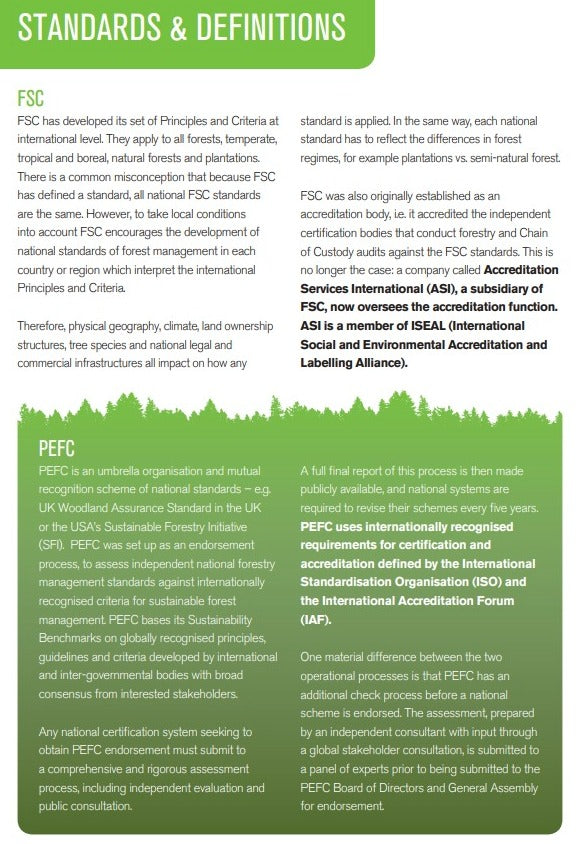How to buy the right plywood for your project? Understand plywood gradesCompared to other materials plywood’s many benefits include strength, price and lightness. Thinner sheets can also be bent into curved components. There is a variety of plywood available in the market which are specially designed to meet different environments and requirement specification. The key to select the best product for your project is to understand the difference between these characteristics. In this small guide, Build4less plans to help you determine the various available options and the selection of right plywood for your needs.
Plywood Standards

EN 314-2: 1993 – Plywood – Bonding Quality, RequirementsEN 636: 2003 – Plywood – Specifications
This defines 3 classes of a bond and Specifications depends on the intended end use of the plywood. Bonding quality is determined by the adhesive type and core veneer quality and Specification quality access the biological durability of the material.
The quality class below mentioned are for both for bond and specification:
Class I: suitable for “dry interior” use only
Class II: suitable for use in “humid areas” or exposure to occasional wetting
Class III: suitable for “unprotected exterior” use or exposure to frequent wetting
As EN314 and EN636 are harmonized, this means that it is not possible, to achieve an EN636 Class higher than the assessed EN314 class.
Plywood Surface Grading / Qualities
Plywoods are identified primarily by the quality of the veneer used in the manufacturing of the panel. There are six main grades of plywood and each veneer contains two grades the first Letter refers to face veneer while the second one is the back sheet.

AB Grade
The Surface of the AB grade material is consistent appearance and there is no variation in colour. AB Grade plywood is very high-quality and is typically the best quality plywood. There are chances of small pin knots on the materials but they are no larger than a few millimetres in diameter. B Grade
In B Grade, there is a change in appearance colour, wood grain pattern. There are generally smooth knots of around 15mm to 35mm in diameter. The Surface of B Grade material is free from open knots plugs. BR ‘Veneer’ Grade
BR veneer grade plywood is similar to B grade, but the knots of this material don’t typically exceed 7 to 8mm in diameter. BR Veneer grade of plywood is also usually used for thinner sheets of plywood as it is used for specialist applications. The natural appearance of this wood is visible with colour variations.BB Grade
BB grade wood is also similar to B grade, but it allows for larger knots and repairs to the face of the wood. It is best suited to applications where the appearance of the wood is not important.C Grade
C Grade plywood is used where the strength of the material is necessary. It is typically used for construction purposes and in C Grade material you can see discolouration, splits, defects and open knots on its surface. This material can not be used in places where the appearance of the material is necessary. CC Grade
CC Grade type of plywood is used for application where just one presentable face is required. On the surface of this material, you can see splits, open knots and discolouration. CC grade plywood is usually used as the underside of the veneer.
Other Known ratings
CDX Grade
CDX grade plywood is usually not that expensive and is made out of two lowest grade veneers C and D. CDX grade plywood is manufactured from spruce wood which makes it extremely durable lightweight and strong. CDX plywood is ideal to use for walls, floors and ceilings. In CDX grade the X states that the plywood can also withstand some exposure to moisture. Constructional Grade
Constructional grades are defined in the European Standard EN 636
- Exterior Use
Permanently outside exposed to the weather/ exposed to frequent wettingStructural EN 636-3 SGeneral EN 636-3 G
- Humid Use
Most construction uses fall into this category as they are covered or rarely exposed to weather/ exposer to occasional wetting, but still at risk of wettingStructural EN 636-2 SGeneral EN 636-2 G
- Dry Use– Interior/ Dry interior with no risk of wetting
Structural EN 636-1 SGeneral EN 636-1 G
WBP Plywood
Weather and boil proof is used for marina plywood.
Plywood Sizes
Plywood comes in many thicknesses generally from 3 up to 25mm. With the board size most commonly available being 2440 x 1220mm.
Building regulations for plywood
Under Building Regulation 7. BS 5268 Part 2, Section 4, specific grades of plywood are recommended for load-bearing use. Plywoods are manufactured in different countries so they may have different standards, you should always check with the supplier that the boards you need/ want to use in specific construction meet the Building Regulation Standards for your application requirements.
Originally published at https://build4less.co.uk/blogs/guides-and-news/a-guide-to-plywood-grades on June 9, 2020.
